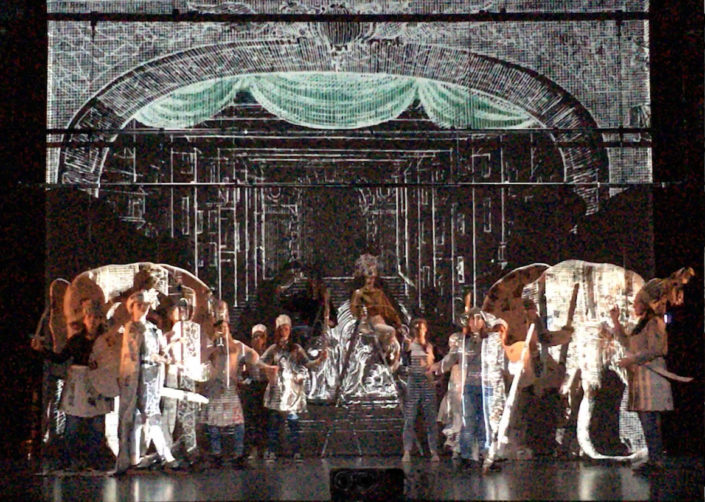

Nancy Burson who has produced many computerized composites. Later photographers had utilised this approach e.g.

Francis Galton spent much time in combining photographs of different subjects to test if there was a recognizable criminal type, ‘sick’ type or ‘racial’ type. Sekula had earlier written about Galton’s composites. There was obviously more than one interview in 1971 where Evans discussed his view as ASX reproduce another interview here. The whole interview is very interesting, giving a real sense of Evan’s individual approach to photography and his determination to do whatever he wished to create the image he envisaged.

That applied to the world around us is what I do with the camera, what I want to see done with the camera. But the style of detachment and record is another matter. I use the word “style” particularly because in talking about it many people say “documentary photograph.” Well, literally a documentary photograph is a police report of a dead body or an automobile accident or something like that. WALKER EVANS: It’s a very important matter. You refer to the “documentary style.” How do you define that? For the first time it was influential, you see. But this was particularly important because, as I say, more than I realized it established the documentary style as art in photography. Although that is important to any artist. WALKER EVANS: No, it wasn’t that so much. Below is an extract from a transcript of an interview with Paul Cummings in 1971, on the site “Archives of American Art” : Evans is referring to his work having been in an Exhibition Mentioning August Sander, Edward Stieglitz and Edward Weston he then looks in more detail at Walker Evans’s approach and his book sequences, particularly American Photographs (1938) creating connections between individuals and social contexts and stressing the difference between his documentary style and that of a ‘literal document’. 58 when he begins to investigate ways in which photographic modernist practice began to, consciously or unconsciously, resist or subvert this model of the archive – an entity existing beyond individual control. The essay becomes most interesting to me from p. There follows a summary of how these branches developed, with photographic archives becoming ‘central to a bewildering range of empirical disciplines, ranging from art history to military intelligence (1986:59). Moving on from this, Sekula writes of a “generalized, inclusive archive, a shadow archive that encompasses an entire social terrain while positioning individuals within that terrain” (ibid) providing a “single hermeneutic paradigm” that had two “tightly entwined branches physiognomy and phrenology” that had enormous prestige and popularity, particularly in the United States. In some respects it reminded me of the 1960s Monty Python Sketch as seen here . Sekula refers to Marcus Aurelius Root who, in the USA, applauded these functions and “……ends up with the photographic extension of that exemplary utilitarian social machine The Panopticon”(1986:10) as proposed by Jeremy Bentham in 1787, so that every portrait takes its place within a social and moral hierarchy. The photographic portrait had the facility to go beyond the traditional function of a portrait, “that of providing for the ceremonial presentation of the bourgeois self”, subverting its inherent privileges, and venture into deviance and social pathology, such as criminal identity photographs and typologies of criminals as well as providing a socially ameliorative effect through enabling poor people to have a likeness of an absent member in addition to seeing portraits of ‘moral exemplars’. Photography was seen as a ‘threat’ to Art in being able to provide an indexical truth ‘rather than textual inventory. (1986:4) and the potential for a new juridical photographic realism was widely recognized in the 1840s. Peel established the Metropolitan Police Force for London in 1829 and Sekula notes that during the 1820s and 30s there had been a ‘spate of governmental inquiries and legislation designed to professionalize and standardize police and penal procedures’. He links photography with policing early in the essay referring to the fact that Robert Peel, regarded as the father of the modern British police, was a major collector and trustee of the National Gallery (founded in 1824).

Given that he used his skills to critique contemporary late capitalism, I would, therefore, expect him to concentrate on the repressive aspects of uses of photography in archives and classsifications in criminality. He was short-listed for his series Fish Story (1989-92) which explored the fishing industry. Allan Sekula was an American photographer, writer, filmmaker and critic and I remember seeing his work at the Prix Pictet Exhibition (Theme of ‘Consumption’) at the V&A in 2014.


 0 kommentar(er)
0 kommentar(er)
